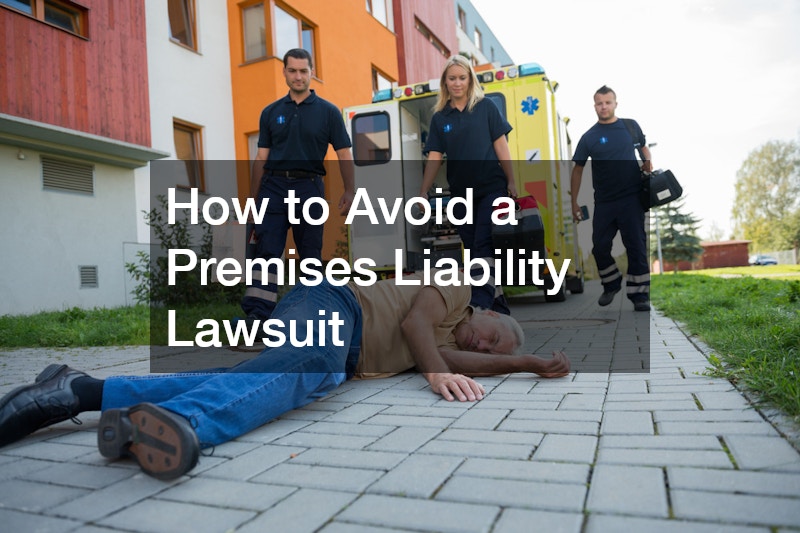
Car accidents can be overwhelming and frightening experiences. Knowing what immediate steps to take can make a crucial difference in safety, legal standing, and insurance claims. Whether you’re dealing with injuries, damage, or potential legal complications, consulting a car accident lawyer early on can help protect your rights. This article will guide you through answering the most common questions people have about what to do after a car accident.
1. What should I do immediately after the accident?
1.1 Prioritizing Safety
Ensure the safety of all parties involved by checking for injuries and moving to a safe location if possible. Always assess the situation calmly and keep a first aid kit in your vehicle for emergencies. Contact emergency services if there are any injuries that require immediate attention. Quick action can greatly reduce the severity of injuries and may prevent further accidents on the road.
According to a National Highway Traffic Safety Administration study, timely emergency response can increase the chances of survival for those injured. Prioritize calling 911 to report injuries and request assistance.
1.2 Contacting Authorities
It’s essential to call the police, regardless of the accident’s severity, to get an official report. This report will be critical for insurance claims and possible legal proceedings. The presence of police at the scene ensures that a fair and unbiased narrative of the incident is created. Documenting all aspects of the accident provides a firm foundation for any future claims or disputes that may arise.
Police reports contain pertinent details that are often pivotal in resolving disputes or discrepancies. Therefore, having this evidence can be a significant advantage when dealing with insurance companies or court cases.
2. How do I document the accident scene effectively?
2.1 Taking Photos
Capture clear images from multiple angles of the vehicles, visible damages, surrounding street signs, and any skid marks. These photographs serve as visual evidence that can corroborate verbal accounts of the incident.
Modern smartphones make it easier than ever to take high-quality photographs, ensuring you have a comprehensive record. Competent documentation can simplify the process of filing insurance claims and help settle disputes swiftly.
Ensure you photograph any relevant external factors, such as weather conditions or road obstructions. Such details can provide a complete context of the accident scenario, which might be pivotal during investigations.
2.2 Gathering Witness Information
Collect names and contact details of bystanders or passersby who witnessed the accident to provide additional perspectives on what happened. Their testimony can substantiate or clarify the sequence of events as observed by a neutral party.
Witness accounts can be invaluable, especially if there is a dispute over the accident’s cause or responsibility. They might notice details that parties involved may overlook due to the shock and stress of the situation.
Ask your witness if they would be comfortable providing a written or recorded statement. The additional corroboration can strengthen your case with insurance or legal representatives.
3. What details should I exchange with the other driver?
3.1 Essential Information
Exchange names, contact information, insurance details, vehicle registration, and driver’s license numbers with the other party. It is crucial to ensure the accuracy of this information to prevent potential complications later.
Having precise details ensures that communication lines remain open and insurers have the necessary data to proceed with claims. Keep this information safe and secure, as it will be needed during the aftermath process.
Always verify that the insurance details provided are current and valid. This ensures that all parties involved are dealing with legitimate and binding coverage agreements.
3.2 Avoiding Admissions
While conversing with the other driver, refrain from admitting fault or discussing accident responsibility, as these statements can affect insurance and legal outcomes. Expressions of regret or apologies can be interpreted as admissions of guilt, which can affect your claim.
Instead, focus on acquiring the necessary information and providing the same in return. This keeps communications professional and reduces the tendency for heated or emotional exchanges.
Your insurance company and legal advisors are best positioned to assess and address liability. Allow them to guide the process before making any declarative statements regarding responsibility.
4. How should I communicate with my insurance company?
4.1 Reporting the Accident
Contact your insurance company promptly to report the accident and provide them with all the gathered information. Quick reporting assists in initiating the claims process efficiently and prevents unnecessary delays.
Provide accurate details of the event and include any documentation you have gathered, such as photos and contact lists. By doing so, you ensure the handling of your case is thorough and informed by factual evidence.
Having well-documented evidence and a clear narrative can facilitate a smoother claims process with fewer interruptions. Insurance adjusters rely on these details to evaluate claims accurately and fairly.
4.2 Understanding Your Coverage
Have a clear understanding of your policy coverage, potential deductibles, and the claim process to ensure you maximize your benefits. Familiarize yourself with what is covered under your policy to set realistic expectations.
Communicate with your insurer to clarify any terms or conditions you may not have fully understood. This understanding allows you to advocate effectively for any benefits or compensations for which you are eligible.
Knowing how your coverage works can reduce stress and uncertainty while awaiting your claim’s resolution. Being informed places you in a position of confidence and control during the aftermath of a car accident.
Handling the aftermath of a car accident requires a calm and systematic approach. By focusing on safety, effectively documenting the incident, exchanging correct information, and informing your insurance company, you can navigate the situation more smoothly and reduce subsequent complications. Always remember to seek professional legal advice if you’re unsure about the next steps.


